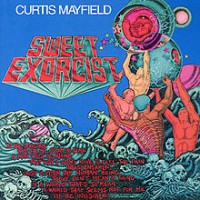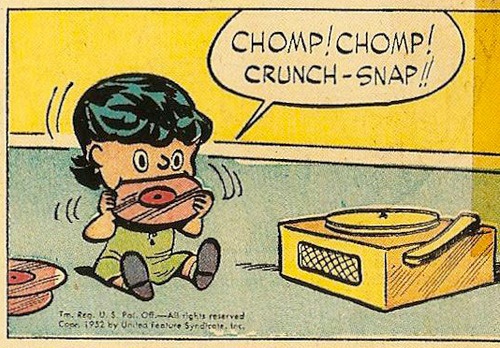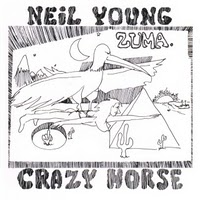“Mama Too Tight” is an album whose original vinyl sides served as a proper division– the first side is among the most difficult to digest, but like many of the more complex free jazz works, bears rewards with repeated listens, the second side is much more accessible, moving through moods on the three different tunes. What makes this record difficult is the odd instrumentation– Shepp blows his tenor, and adds to this clarinet (Perry Robinson), trumpet (Tommy Turrentine), two trombones (Grachan Moncur III and Roswell Rudd), tuba (the mighty Howard Johnson, and a pianoless rhythm section (bassist Charlie Haden and drummer Beaver Harris). This unusual instrumentation is partially responsible for the difficulty in digesting the material on “Mama Too Tight”.
In particular, on the first side, “A Portrait of Rober Thompson (as a young man)”. While it feels like free improv, there appears to be a highly concrete structure, as Shepp states, restates, and exposes various themes (mostly gospel, march and swing influenced) throughout the piece. But it is tough, because it feels at times like an incoherent mess. Patience is the key to this one– early on, the more conventionally structured second side will be soothing in comparison. Over time, the piece will come to make sense, but patience and repeated focused listening will be required.
The second side is definitely more conventional, “Mama Too Tight” is a funky blowout, Mingus-like in its voicing and gospel-tinged hard bop styling, with some stunning soloing on the part of all the musicians involved. Like Mingus’ gospel-oriented work, this is just a lot of fun, a great great song, and actually is one of the most straightforward pieces on any early Shepp record– only his solo shows any real signs of the “Fire Music” sound. The ballad, “Theme for Ernie”, played passionately by Shepp with brass support voiced in an orchestral fashion, shwocases the leader’s ability to invoke mood and emotion through his playing. Shepp’s tone is thin and airy and has a plea of pain in it– this is really among the most beautiful work he’s ever done. “Basheer”, continuing the thread of more conventional sounds, has a big band does the blues feel to it– the playing is somewhat more “out” than the previous two, and once again, Shepp just wails away. its a really interesting piece.
Overall, this is a really great album, and probably a good jumping in point for Shepp’s work– it can be a bit difficult at first, but there’s a lot of great material here and its well worth the listen. —Michael




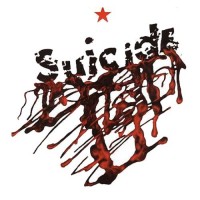

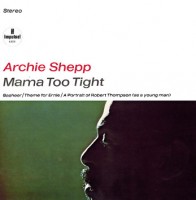
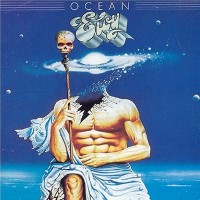

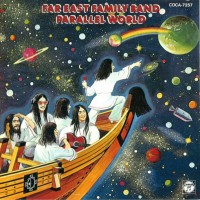

 Join us this Saturday, April 20 for our annual Record Store Day sale: All records and CD’s will be 20% off!
Join us this Saturday, April 20 for our annual Record Store Day sale: All records and CD’s will be 20% off!